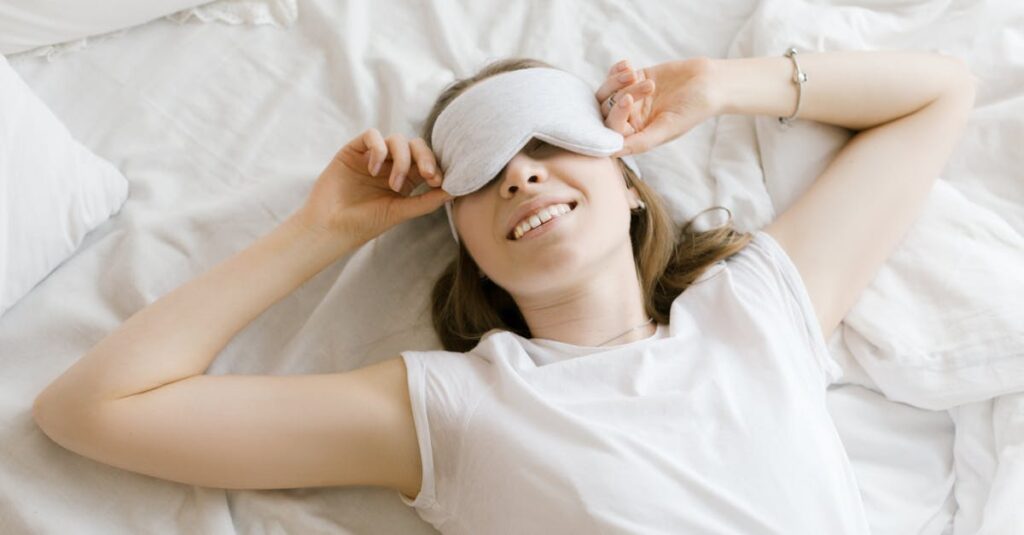Did you know that the average person spends over 10 hours a day looking at screens? From smartphones and tablets to computers and televisions, screen time has become an integral part of our daily lives. However, this constant exposure to digital devices can take a toll on our eyes, leading to discomfort and potential long-term damage. If you’ve ever felt a burning sensation in your eyes after spending hours scrolling through social media or staring at spreadsheets, you’re not alone. Let’s dive deeper into whether your screen time is actually hurting your eyes.
Define the Problem
Understanding Screen Time and Eye Strain
Screen time refers to the duration spent engaging with digital displays, which can include everything from work-related tasks to leisure activities. Eye strain, or digital eye strain (DES), is characterized by discomfort and visual disturbances following prolonged use of these devices. The issue arises from various factors, including poor lighting, screen glare, and the blue light emitted by screens. Recognizing signs of eye strain is essential, as failure to address these symptoms can lead to chronic discomfort and potentially exacerbate other eye conditions.
Explain Causes
Common Symptoms of Eye Damage from Screen Time
Many individuals experience eye strain without connecting it to their screen habits. Common symptoms may include dryness, itchiness, blurred vision, and headaches. Some may even notice increased sensitivity to light. Prolonged exposure can lead to a condition known as Computer Vision Syndrome, which encompasses a range of eye and vision-related problems. Not everyone experiences these symptoms to the same degree; factors such as age, existing vision problems, and duration of screen use can all influence your level of discomfort.
The Role of Blue Light
One of the main culprits behind eye strain is blue light, which is emitted from screens. Blue light exposure can disrupt your circadian rhythm, leading to difficulty sleeping. It also contributes to digital eye fatigue. Some studies suggest that long-term exposure may even cause damage to retinal cells, increasing the risk of conditions such as macular degeneration. This raises concerns about our screen habits, and we must take these risks seriously to protect our eye health.
Present Solutions
Tips to Reduce Eye Strain
Addressing eye strain involves adopting a series of practical changes to your daily routine. One effective technique is the 20-20-20 rule: every 20 minutes of screen time, take a 20-second break and focus on something at least 20 feet away. This simple practice can significantly reduce strain on your eyes. Furthermore, ensure that your screen is positioned 20 to 24 inches away from your face and slightly below eye level. This reduces the strain on your eye muscles and promotes a more comfortable viewing angle. Using larger fonts can also make a difference, as it reduces the effort your eyes need to exert to read text.
Recommended Eye Care Practices
Implementing eye care practices can further enhance your eye comfort. Consider incorporating blue light-blocking glasses into your routine, especially if you find yourself using screens late into the evening. Many digital devices now offer blue light filters, which can be activated to decrease blue light exposure. Ensure your workspace is well-lit to minimize glare, and try using anti-glare screens on your devices. Lastly, regular eye check-ups with an optometrist can help identify any underlying issues and ensure you are taking the right approach to your eye health.
Implementation Steps
Setting Up Your Digital Workspace
Your digital workspace plays a significant role in your eye comfort. Start by adjusting your monitor or laptop settings to ensure brightness levels are similar to your surrounding environment. Position your screen so that windows are to the side instead of directly in front or behind to minimize glare. If you work in a dimly lit room, consider using a desk lamp that provides soft lighting without adding to the glare on your screen. Your chair and desk height should also be set to allow for relaxed posture, reducing strain not only on your eyes but your entire body as well.
Taking Regular Breaks
Incorporating regular breaks into your routine is essential for maintaining eye health. Set a timer to remind yourself to break away from your screen every hour. During these breaks, engage in different activities that don’t involve screens, such as stretching, walking, or practicing mindfulness exercises. These moments away from your device not only help your eyes recover but also promote overall well-being. The simple act of stepping away can boost productivity and creativity while protecting your vision.
Taking control of your screen time and understanding its impact on your eyes is crucial. Eye strain may seem like a minor inconvenience, but it can lead to more significant issues if ignored. By recognizing the symptoms, understanding the causes, and implementing effective solutions, you can safeguard your eye health. Make a conscious effort to apply these strategies in your daily life, and you’ll be well on your way to reducing discomfort while enjoying your digital experiences.

